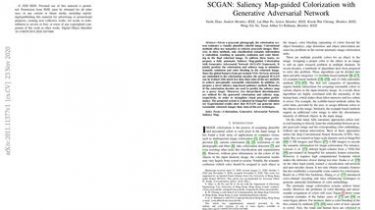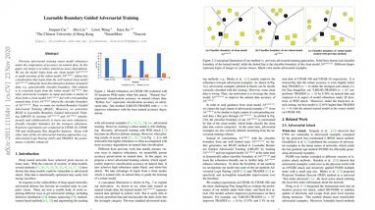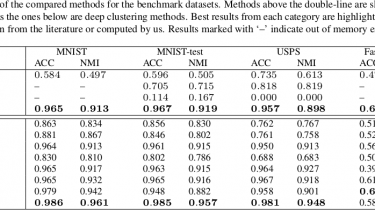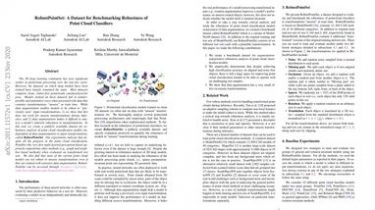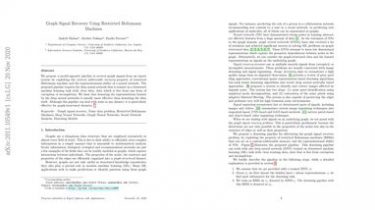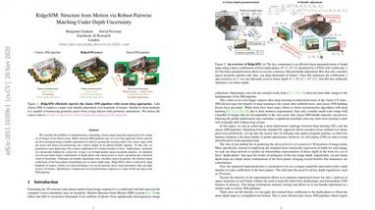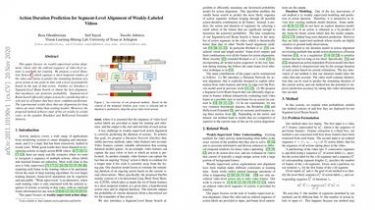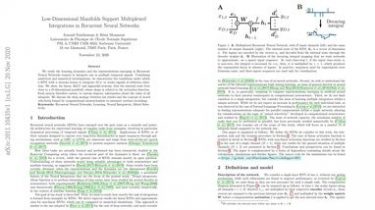SCGAN: Saliency Map-guided Colorization with Generative Adversarial Network
Given a grayscale photograph, the colorization system estimates a visually plausible colorful image. Conventional methods often use semantics to colorize grayscale images… However, in these methods, only classification semantic information is embedded, resulting in semantic confusion and color bleeding in the final colorized image. To address these issues, we propose a fully automatic Saliency Map-guided Colorization with Generative Adversarial Network (SCGAN) framework. It jointly predicts the colorization and saliency map to minimize semantic confusion and color bleeding in the colorized […]
Read more